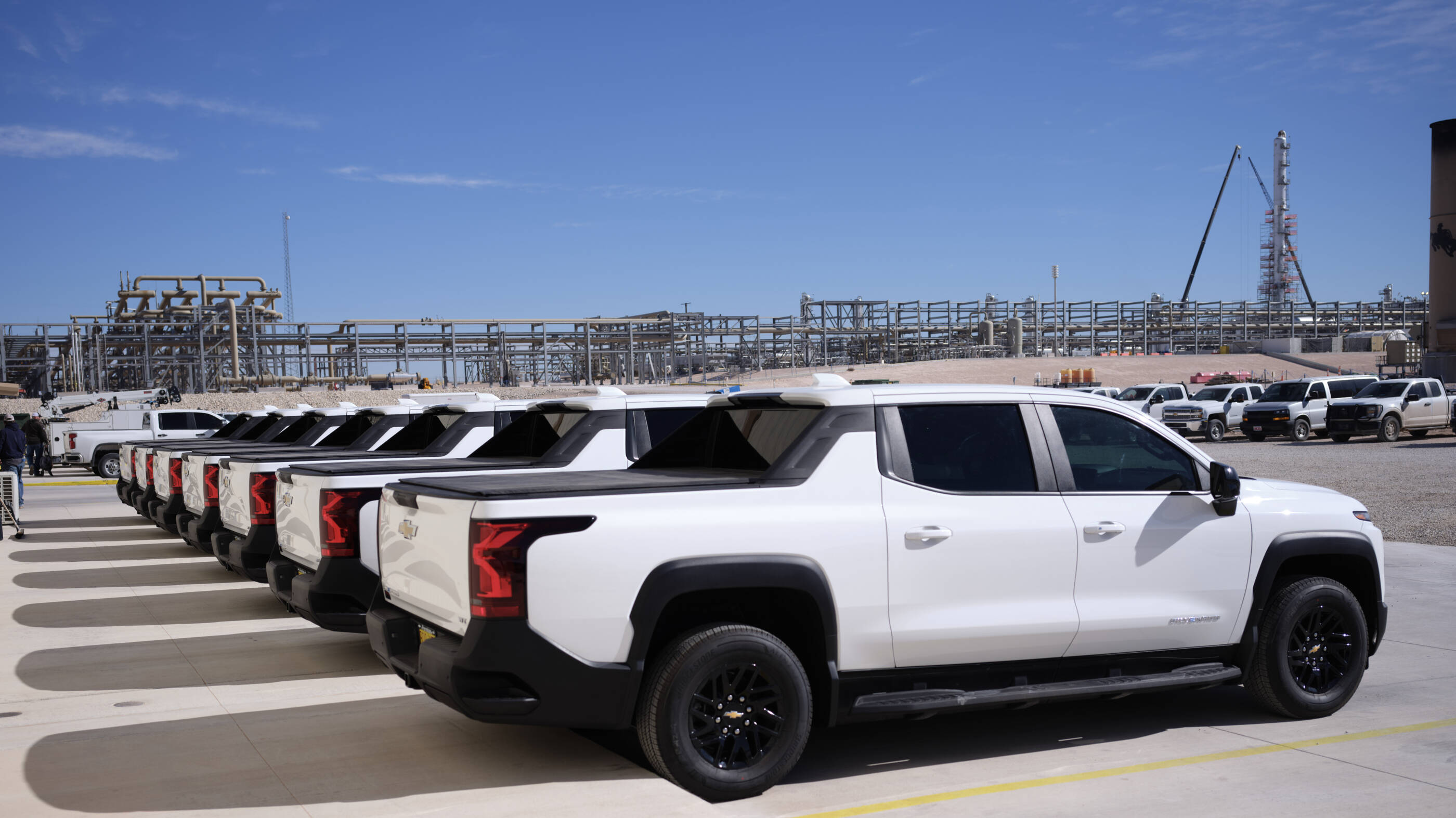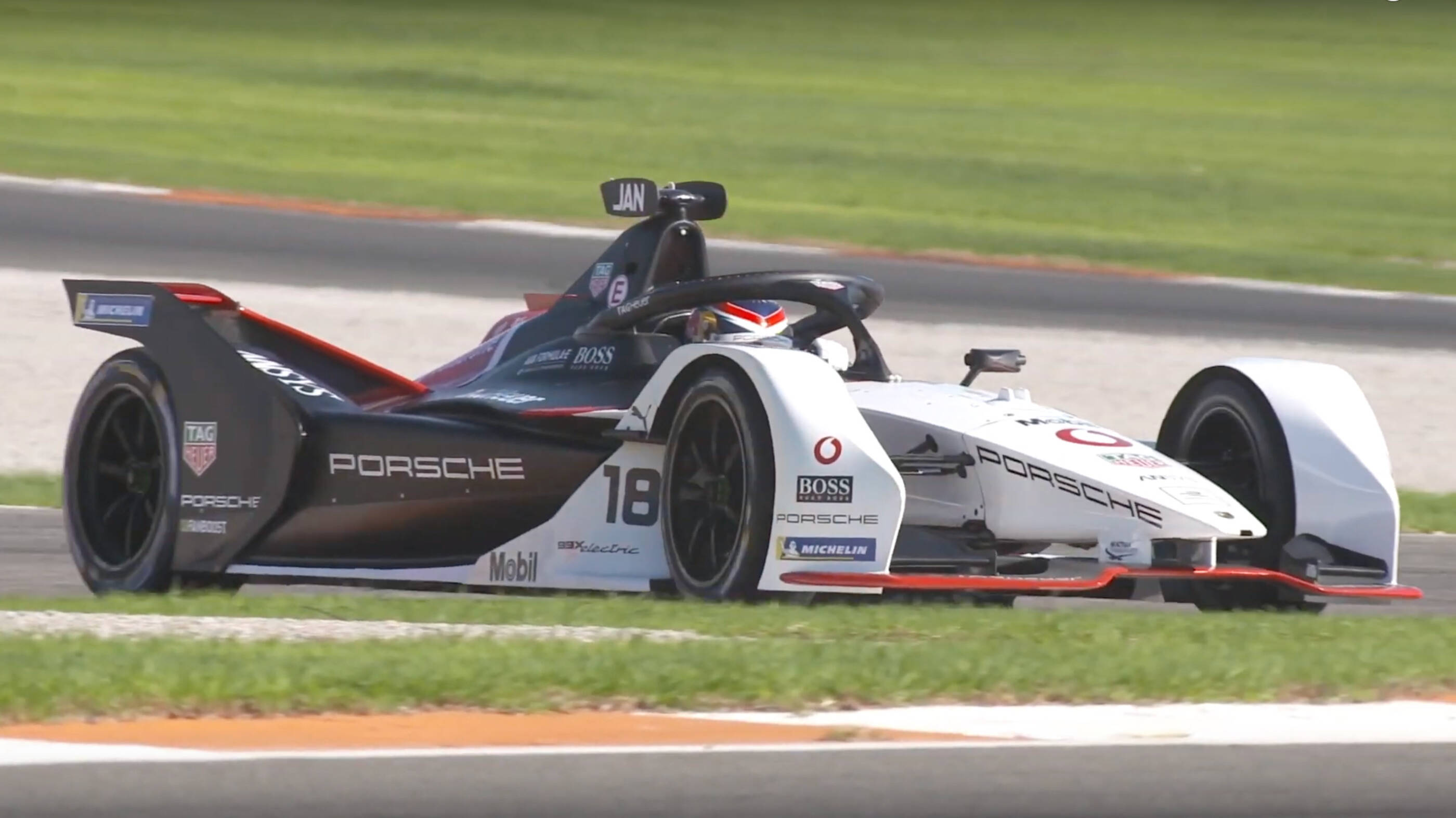automotive
Hitting the road with fewer emissions
A catalyst for low-carbon fuels
Foundational science for tomorrow’s breakthroughs
Tomorrow’s engines require high-performance fuels and durable oils that enable drivers to go farther on less while also producing fewer emissions. This all starts with a commitment to and investment in fundamental science, which guides our researchers in their search for new breakthroughs.
Today, for example, ExxonMobil is partnering with Porsche to produce eFuel — an advanced synthetic fuel with fewer emissions, compared to conventional fuels — based on our technological expertise in transforming methanol to gasoline. As with our testing of advanced biofuels, ExxonMobil brings its decades of fuel expertise to this partnership.
Driving solutions with materials
Our solutions for electric vehicles
partnerships
Bringing in outside voices
A deeper dive

Driving the automobile evolution for EVs and beyond
- We have a long history of pioneering automotive advancements.
- The essential fluids and materials we produce go into parts for all vehicle types.
- We continue to evolve to meet the world's transportation needs.
3 min read

Driving the future of the EV supply chain infographic
ExxonMobil pioneers automotive advancements with essential fluids and materials for all vehicle types. Explore how we innovate to make vehicles lighter, safer, and more efficient, meeting global transportation needs for a lower-emission future.
Can a Cowboy drive an EV? We’re finding out
Key takeaways:
- We’re piloting the use of EVs in our fleet.
- Driving EV pickups in the Permian.
- EVs already in use at our U.S. manufacturing sites.
2 min read




